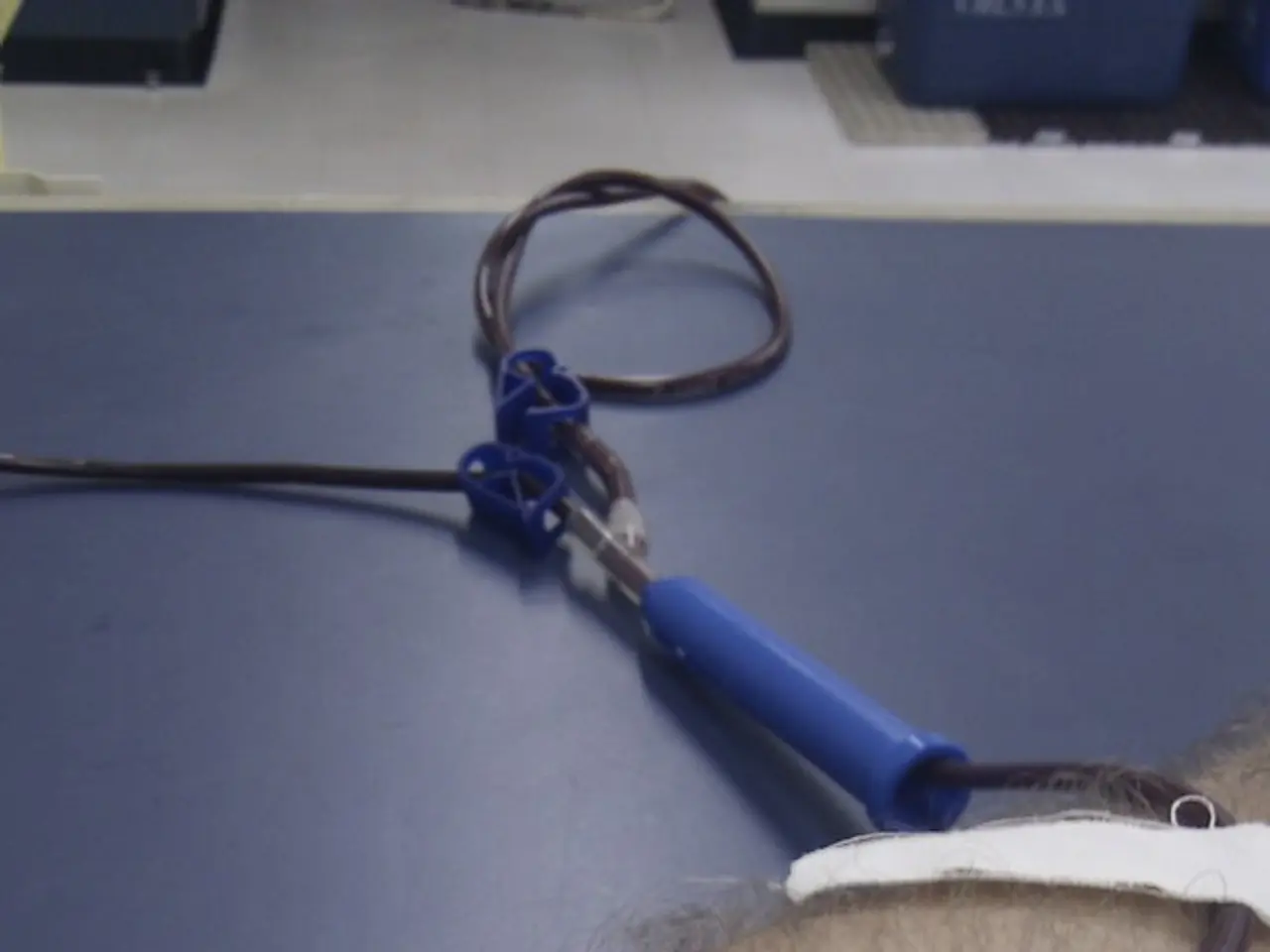Slow Heartbeat Symonds and Medical Consultation Guidelines
In the complex world of our bodies, the heart plays a crucial role, pumping life-giving blood throughout our systems. A key aspect of heart function is its rhythm, and when this rhythm slows, a condition known as bradycardia arises. Bradycardia refers to a slow resting heart rate, typically below 60 beats per minute (bpm).
The heart is divided into four chambers: the left and right atria, which receive blood, and the left and right ventricles, which pump blood. The sinoatrial (SA) node, located within the right atrium, acts as the heart's natural pacemaker, initiating the electrical impulses that control the heartbeat.
Sinus bradycardia, a form of slow heart rate, can occur due to a variety of factors. These range from physiological causes, such as high vagal tone in athletes and young healthy adults, to pathological causes like certain medical conditions, medications, and external factors.
Intrinsic heart conditions, such as sick sinus syndrome, where the SA node improperly alternates between slow and normal heart rates, can lead to sinus bradycardia. Age-related changes, where scarring or loss of SA node cells slows down electrical impulse generation, are common in people over 65 years old.
Acute myocardial infarction, particularly involving the inferior heart wall, is one of the most common pathological causes of sinus bradycardia. Certain medications, such as beta-blockers, digoxin, amiodarone, and calcium channel blockers (verapamil, diltiazem), can reduce the heart rate by affecting the SA node or electrical conduction.
External factors and reflexes, including high vagal tone and vagal reflexes triggered by actions like straining during urination/defecation, swallowing, or coughing, can also induce sinus bradycardia. Other medical conditions like hypothyroidism, hypothermia, brain conditions causing increased intracranial pressure, brain tumors, and obstructive sleep apnea can contribute to this condition.
While physiological sinus bradycardia is often asymptomatic and seen in healthy individuals during sleep or athletic training, pathological sinus bradycardia may cause symptoms like dizziness, fainting, or fatigue and requires medical evaluation.
Bradycardia can occur due to an underlying medical condition, such as sick sinus syndrome or heart electrical issues caused by a blockage or heart disease. Metabolic disorders, such as hypothyroidism, can also slow the heart rate.
When dealing with bradycardia, a doctor may use physical tests, questions about medical history, blood tests, heart monitors, and imaging tests to diagnose the cause. If a person has a condition that interferes with the electrical impulses of their heart, they may need a pacemaker, a device that is implanted under their skin and connected to their heart.
It's important to note that while bradycardia can lead to complications if not treated, a slow heart rate is not always a cause for concern. If a person is concerned about their slow heart rate, they should consult a doctor.
In conclusion, understanding the causes and symptoms of bradycardia is crucial for timely diagnosis and treatment. By staying aware of our bodies and seeking medical advice when necessary, we can ensure our hearts continue to beat strong and steady.
- The sinoatrial (SA) node, located within the right atrium, is the heart's natural pacemaker, initiating the electrical impulses that control the heartbeat.
- Sinus bradycardia, a form of slow heart rate, can be caused by various factors, including certain medical conditions like hypothyroidism and obstructive sleep apnea.
- Metabolic disorders, such as hypothyroidism, can slow the heart rate, leading to a condition known as sinus bradycardia.
- While sinus bradycardia in healthy individuals during sleep or athletic training may be asymptomatic, pathological sinus bradycardia can cause symptoms like dizziness, fainting, or fatigue.
- In dealing with bradycardia, a doctor may use several diagnostic methods, such as physical tests, questions about medical history, blood tests, heart monitors, and imaging tests, to determine the cause.
- If a person has a condition that interferes with the electrical impulses of their heart, they may need a pacemaker, a device that is implanted under their skin and connected to their heart, to regulate their heartbeat.
- People with multiple medical conditions, such as cardiovascular health issues, obesity, psoriatic arthritis, multiple sclerosis, depression, COPD, or other health-and-wellness concerns, should be mindful of their heart health and seek medical advice if they notice any irregularities in their heart rate.




